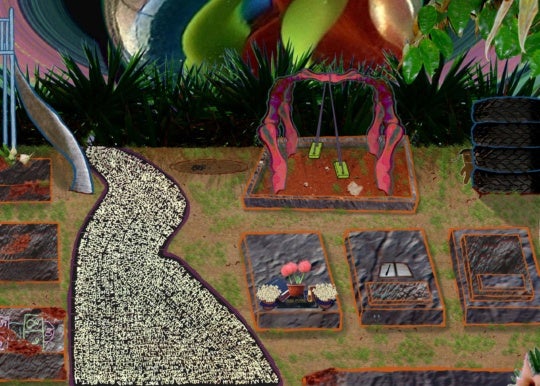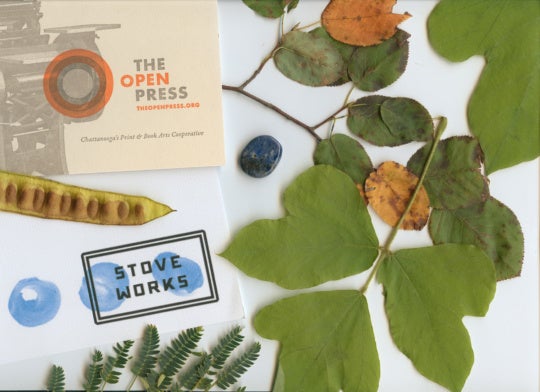
The Tuscaloosa Museum of Art, in Tuscaloosa, AL, which has showcased the corporate collection of the Westervelt Company since 2011, closed on August 31. Operated by a nonprofit foundation under the supervision of the Westervelt Company, a Tuscaloosa-based lumber corporation, the museum was known for its collection of Asian and American paintings, many of which have been put up for auction following the museum’s closure. The museum was located on the distinctive grounds of the company’s headquarters, which are designed in a style influenced by traditional Japanese gardens.
The Westervelt Collection, most of which was amassed by the company’s late CEO Jack Warner, was previously on display at the Westervelt-Warner Museum of American Art in Tuscaloosa. According to local newspaper The Tuscaloosa News, this institution closed in 2011 when the Westervelt Company declined to renew a partnership with the Jack Warner Foundation, which had been operating the Westervelt-Warner Museum at annual losses of $250,000 to $300,000 for several years. After Warner removed artworks from his private collection that had been part of the Westervelt-Warner Museum, the remaining corporate collection became the Tuscaloosa Museum of Art, opening in December 2011 at the company’s headquarters.
Some works, including a series of paintings by English wildlife artist Basil Ede commissioned by Warner, will remain on view at the Westervelt offices, but others have been scheduled to be sold next week at Nye & Company Auctioneers in Blomfield, NJ.




